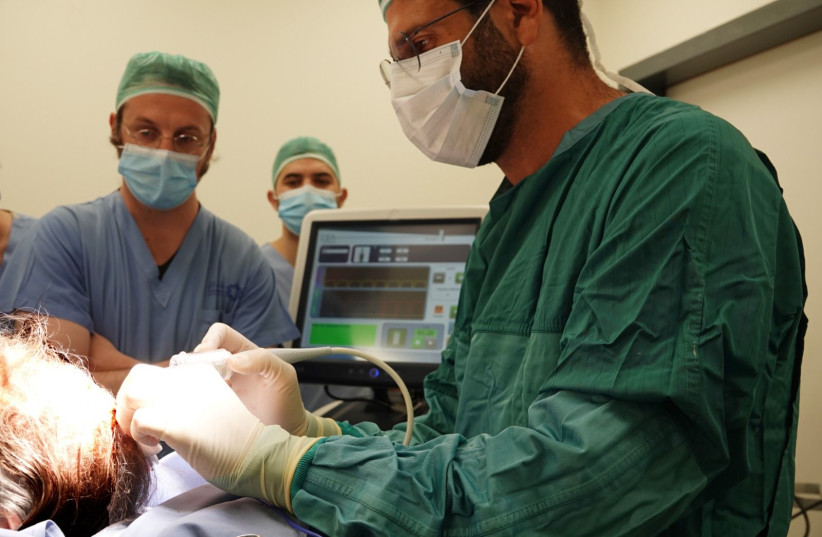A new study conducted at Tel Aviv University (TAU) and the Sheba Medical Center at Tel Hashomer reveals how melanoma cancer cells affect their close environment to support their needs by forming new lymph vessels in the dermis (inner layer of the skin) to go deeper and spread through the body.
The researchers, who call it a “breakthrough,” believe that their discovery could contribute to the development of a vaccine against the deadly cancer.
The study was led by Prof. Carmit Levy of TAU’s Faculty of Medicine and Prof. Shoshana Greenberger from Sheba. Funded by the Israel Cancer Research Fund, its results appeared under the title “Primary melanoma miRNAs trafficking induce lymphangiogenesis” in Nature’s Journal of Investigative Dermatology.
Melanoma, the deadliest of all skin tumors, starts with the uncontrolled division of melanocyte cells in the epidermis – the top layer of the skin. In the second stage. the cancer cells penetrate the dermis and metastasize through the lymphatic and blood systems.
In previous studies. a dramatic increase was observed in the density of lymph vessels in the skin around the melanoma - a mechanism that has not been understood by researchers until now.

“Our main research question was how melanoma impacts the formation of lymph vessels, through which it then metastasizes,” Greenberger explained. “We demonstrated for the first time that in the first stage, in the epidermis, melanoma cells secrete extracellular vesicles called melanosomes.
Not all melanomas are dangerous
Examining this in human melanomas from the pathology institute, they showed that melanosomes can penetrate lymph vessels and then examined their behavior in the environment of actual lymph vessel cells.
They found that here too, the melanosomes penetrate the cells and give them a signal to replicate and migrate. In other words, the primary melanoma secretes extracellular vesicles that penetrate lymph vessels and encourage the formation of more lymph vessels near the tumor, enabling the melanoma to advance to the lethal stage of metastasis.
Levy added that “melanoma cells secrete the melanosomes before cancer cells reach the dermis layer of the skin. These vesicles modify the dermis environment to favor cancer cells, so melanoma cells are responsible for enriching the dermis with lymph vessels and preparing the substrate for their own metastasis.”
The researchers are conducting several continuing studies that already show that the melanosomes don’t stop at the lymph cells, as they also impact the immune system.”
Since melanoma is not dangerous at the premetastatic stage, understanding the mechanism by which the metastases spread via the lymphatic and blood systems could contribute to the development of a vaccine against this deadly cancer, they said.
“Melanoma that remains on the skin is not dangerous,” Greenberger concluded, “so the most promising direction for fighting melanoma is immunotherapy – developing a vaccine that will arouse the immune system to combat the melanosomes and specifically to attack the lymphatic endothelial cells already invaded by the melanosomes. If we can stop the mechanisms that generate metastases in lymph nodes, we can also stop the disease from spreading.”
